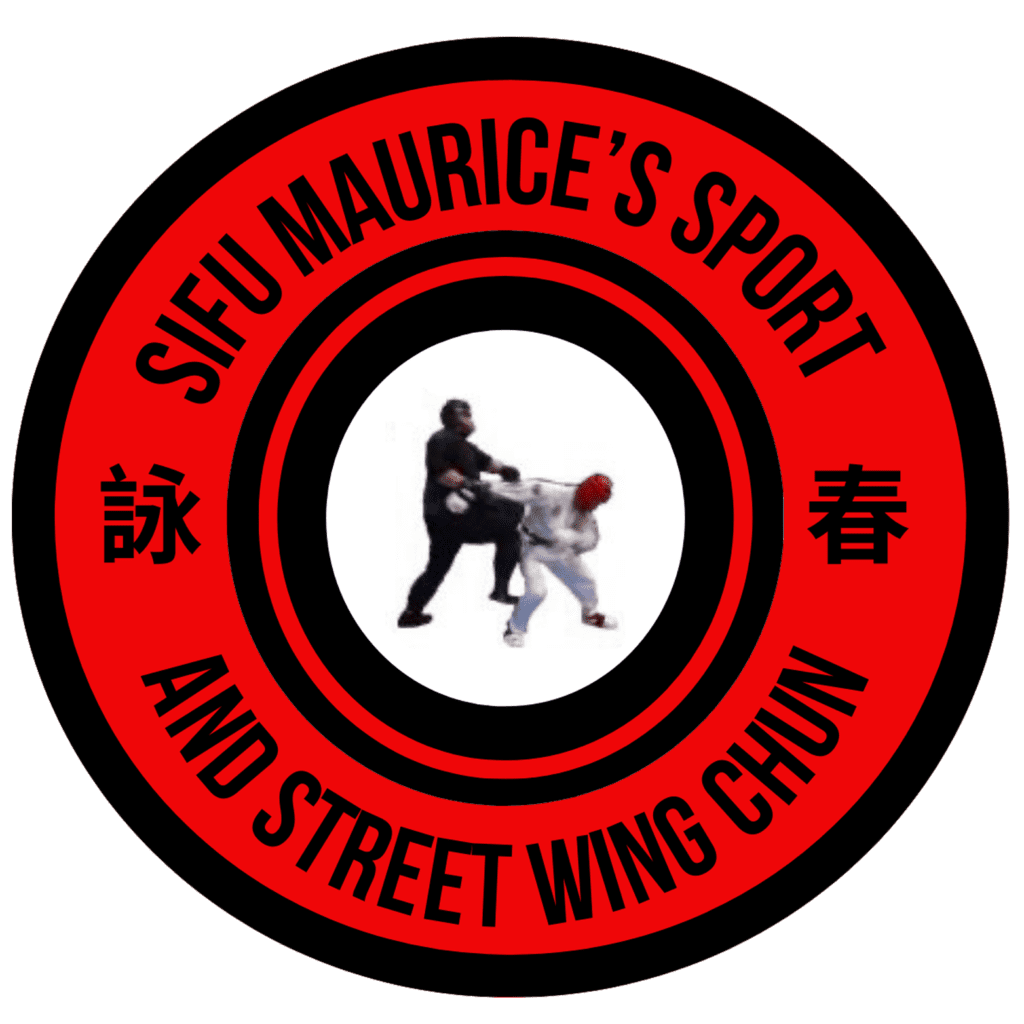Mastering Footwork in Wing Chun Kung Fu: Techniques and Drills for Improved Mobility
By Maurice Novoa a master under the Yuen Kay Shan, Ip Man and Pan Nam lineages.
Introduction:
Footwork plays a crucial role in Wing Chun Kung Fu, providing the foundation for effective movement, balance, and agility. Mastering footwork techniques and developing fluidity in transitions is essential for practitioners to optimize their mobility and execute techniques with precision. In this article, we will explore the key footwork principles, techniques, and drills that will help you enhance your footwork skills in Wing Chun.
1. Fundamental Footwork Principles
Before diving into specific techniques, it is essential to understand the fundamental footwork principles in Wing Chun. These principles include maintaining a solid and balanced stance, maintaining a low center of gravity, using small and efficient steps, and keeping the body relaxed and flexible. By adhering to these principles, practitioners can establish a strong foundation for their footwork and optimize their overall mobility.
2. Stepping Techniques
Wing Chun employs various stepping techniques that allow practitioners to move quickly and efficiently while maintaining stability. Some of the commonly used stepping techniques include:
Forward Step: This is a basic step used to advance towards the opponent or close the distance. The practitioner shifts their weight forward and pushes off with the rear leg, propelling themselves forward while maintaining balance.
Retreating Step: The retreating step is employed to create distance between the practitioner and the opponent. It involves shifting the weight back and using the rear leg to propel the body backward, ensuring stability and control throughout the movement.
Sideways Step: The sideways step is useful for lateral movement, allowing practitioners to evade attacks or reposition themselves. It involves shifting the weight to one leg and sliding the other foot to the desired direction, maintaining a low stance and keeping the body aligned.
Pivoting Step: Pivoting is utilized to change the angle or direction of attack or defense. It involves rotating the body on the ball of the foot while keeping the other foot stationary, enabling quick changes in positioning and generating power in strikes.
3. Training Drills for Improved Footwork
To enhance footwork skills in Wing Chun, regular practice and training drills are crucial. Here are some drills that can help you develop improved mobility and coordination:
Shadow Boxing: Shadow boxing allows practitioners to practice footwork and technique in an imaginary combat scenario. Focus on maintaining proper stance and executing techniques while incorporating different stepping techniques. This drill helps improve footwork accuracy, timing, and fluidity.
Line Drill: Set up lines or markers on the floor and practice moving forward, backward, and sideways, stepping on and off the lines with precision. This drill enhances footwork control, balance, and accuracy.
Partner Drill: Engage in partner drills that involve footwork patterns, such as mirror drills or stepping exercises with a partner. This allows you to practice footwork while coordinating with a partner, improving your ability to read and respond to movements.
Obstacle Course: Create an obstacle course that challenges your footwork abilities. Incorporate cones, agility ladders, or other objects to simulate different scenarios and footwork challenges. This drill enhances agility, coordination, and adaptability in various situations.
Conclusion
Mastering footwork in Wing Chun Kung Fu is essential for achieving optimal mobility, balance, and control in combat situations. By understanding the fundamental principles and practicing the various stepping techniques, you can improve your footwork skills and enhance your overall performance. Regular training drills, such as shadow boxing, line drills, partner drills, and obstacle courses, will further develop your footwork abilities, enabling you to move with precision and agility. With dedicated practice and focus on footwork, you can elevate your Wing Chun Kung Fu skills and effectively apply techniques in dynamic martial arts scenarios.

